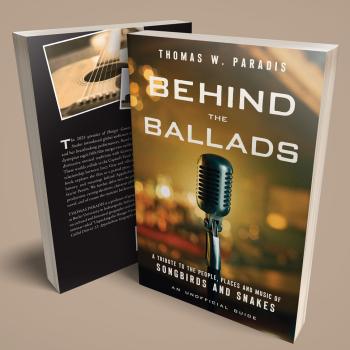The subject of historical study and methodological naturalism has come up in a recent bloggersation, and since Easter is approaching, I thought I’d share a particularly poignant passage relevant to this issue that I came across in a recent book:
Why was the tomb supposedly empty? I say supposedly because, frankly, I don’t know that it was. Our very first reference to Jesus’ tomb being empty is in the Gospel of Mark, written forty years later by someone living in a different country who had heard it was empty. How would he know?…Suppose…that Jesus was buried by Joseph of Arimathea…and then a couple of Jesus’ followers, not among the twelve, decided that night to move the body somewhere more appropriate…But a couple of Roman legionnaires are passing by, and catch these followers carrying the shrouded corpse through the streets. They suspect foul play and confront the followers, who pull their swords as the disciples did in Gethsemane. The soldiers, expert in swordplay, kill them on the spot. They now have three bodies, and no idea where the first one came from. Not knowing what to do with them, they commandeer a cart and take the corpses out to Gehenna, outside town, and dump them. Within three or four days the bodies have deteriorated beyond recognition. Jesus’ original tomb is empty, and no one seems to know why.
Is this scenario likely? Not at all. Am I proposing this is what really happened? Absolutely not. Is it more probable that something like this happened than that a miracle happened and Jesus left the tomb to ascend to heaven? Absolutely! From a purely historical point of view, a highly unlikely event is far more probable than a virtually impossible one…”
The quote is from Bart Ehrman’s book Jesus, Interrupted. It reminds me somewhat of the scene in the movie The Messenger
in which Satan presents Joan of Arc with all the other possible explanations for the sword she found in a field, and asks her why she chose one particularly improbable one. But it also nicely illustrates the historian’s dilemma, namely that all sorts of fairly improbable scenarios are inevitably going to be more likely than an extremely improbable one. That doesn’t necessarily mean miracles never happened then or don’t happen now – it just means that historical tools are not the way to answer that question.












